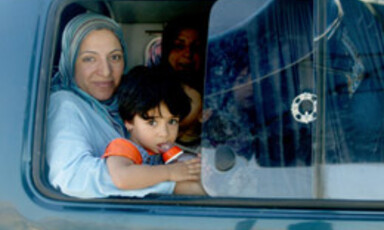
Lebanese struggle to repair far wider damage than destroyed houses
9 September 2006
From a distance, the lack of obvious destruction lends a deceptive look of normality to towns like Marjayoun. Look closer and you discover that interiors of houses have been wrecked, services like electricity are non-existent, rotting rubbish lies uncollected and the fields cannot be entered because of unexploded munitions. “What we had here was a tsunami. That is the only way to explain it,” said the mayor of Marjayoun, Fouad Hamra. A convoy of 3,000 fleeing inhabitants came under air attack as they tried to leave on August 11. “The problem is that since there are few destroyed houses, people think that we have not been that much affected by the war.” Read more about Lebanese struggle to repair far wider damage than destroyed houses
